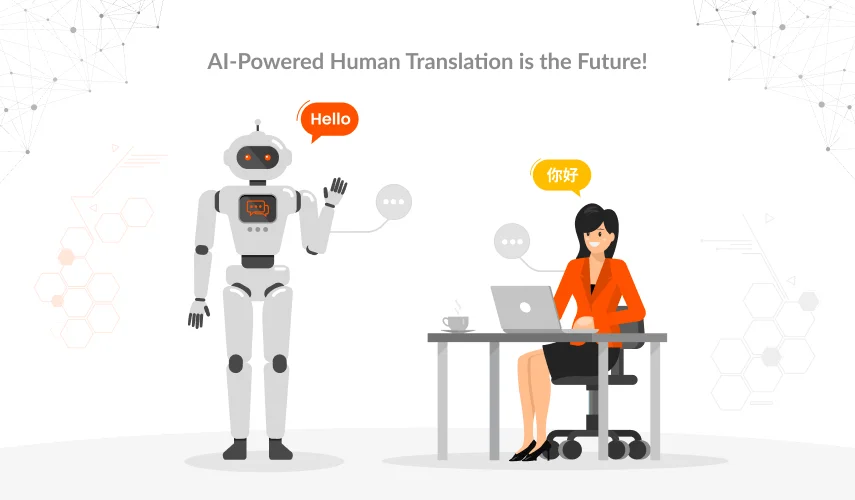Industry experts love to use certain terminologies that others might not understand but the business experts do. The use of certain words, phrases, or acronyms can startle someone who does not have any idea about it. But in the world of translation localization is as common as breathing.
Translators are keen on following the terminologies and word glossaries in the target language to make sure that the content translation is accurate with zero errors.
The business world is full of localization. There are a lot of acronyms and terminologies that you may not be aware of. This article will act as your basic glossary if you are an inspiring translator or someone looking to become familiar with the alien words.
Localization Overview
There are several small businesses looking to expand overseas or into a new market but are bound due to linguistic software limitations. They invest thoroughly in localization services and technologies to ensure they get the best results.
A Basic Localization Glossary You Should Know
The use of common words to professional terms is mentioned for your easy understanding.
API: Application Program Interface
It helps to specify the ways software components must interact. APIs are useful during programming graphical user interface components (GUI).
Agile Localization
A combination of localization practices used in the agile product development process. Localization is incorporated in the software’s continuous performance.
CMS
Known as Content Management System, it is a software that supports and enables the user to process, create, edit, archive or publish website content like WordPress.
Concordance Search
It means to search for the phrases, words, or word sequences in the translation memory database.
Continuous Localization
A process that integrates the translation into a software development cycle. The translators start working on the content as soon as the software enters the development stage.
Collaborative Translation
It refers to the process involving a number of translators who work together on a certain translation project. Collaborative translation significantly improves the translation quality and saves much time.
DNT
The abbreviation stands for Do Not Translate. Trademarks, brand names, slogans, etc., are a few common examples of DNT.
Fuzzy Matching
A new technique to look for phrases, words, and word sequences with the similar meaning and spelling used by the CAT tools. However, the results obtained may not have 100% accuracy.
CAT
It is short for Computer-Assisted-Translation. It helps to translate given content, reduces time, and improves the translation quality.
Glossary
The list of terms and definitions that are used in localization.
Glossaries provide the localization terms that are suitable according to the language pair during the translation process.
GUI
It stands for Graphical User Interface. Visualizing the programs makes localization easier.
Internationalization
To design a product or content in a way that is easy to localize according to the region and countries without a lot of input.
I18n
Shortcut for internationalization.
Locale
Terms are used to describe the combination of language, geographic region, and the difference in the culture. It is a practice that helps to design the website in a local way.
Localization
The process of adapting the content according to the target language. Cultural preferences are taken into account when translating the content and related elements to remove cultural nuance.
l10ns
Abbreviation for localization, presenting the 10 letters in between “I” and the “n”.
LSP
Known as a Language Service Provider. Companies offering translation, interpretation, and localization services are the LSPs.
MT
Known as Machine Translation. It is an automated software that helps translate the content for a translator. However its accuracy is questionable; for instance, Google Translate is the most common example of machine translation.
Markup Language
The web languages like HTML, XLM, and XHTML, have specified code for formatting the layout and style of the text in a file. The code is also called tags.
Post-Edited MT
A methodology of hiring a language expert who reviews, edits, and proofreads the translated content after the machine translation. They ensure the quality of the translation.
Pseudo-Localization
A process to ensure your product or content is ready for the localization stage. The process includes the replacement of the original version with the localized content.
RTL
The abbreviation for Right to Left, it represents the languages like Hebrew, Arabic, Urdu, Persian, and Turkish that are written from right to left alignment. Before translating you need to ensure the translated content properly fits in the allotted space on the layout.
Simship
Stands for Simultaneous Shipment.
When a domestic or local product is released at the same time as the localized version. It is the new approach. Contrary to the old practice, the localized version was released after the local product. It now has become the standard operating procedure for translation companies.
Translation
The process to adapt the content from one language (source) to the other (target) language.
Translation Memory
A database that stores the previous translations. It helps save time for translators and also reduces the business cost. Translation Memory is often part of the CAT tool.
TMS
Stands for Translation Management System. It is software used for automating the translation process. It helps support the complex translations and eliminates the repetitive tasks from manual translation.
Transcreation
It is related to marketing and advertising content. The term refers to the process of recreating the key message in the target language while maintaining the context, tone, and style.
Unicode
The international encoding standard for various languages and scripts. A unique numeric value is assigned to each letter, digit, or symbol so multilingual characters can be supported across different platforms like apps and software.
Conclusion
Have you ever heard of these terms before? If not, then start now.
For businesses, it is vital to be aware of the basic localization terms. Even if you are looking to learn and understand how translations and the localization process works, then it’s best to begin by studying the terminologies. Make yourself familiar with these terms before digging any deeper into the translation industry.



